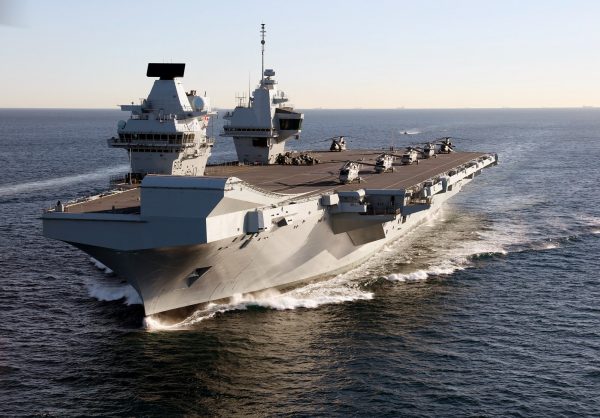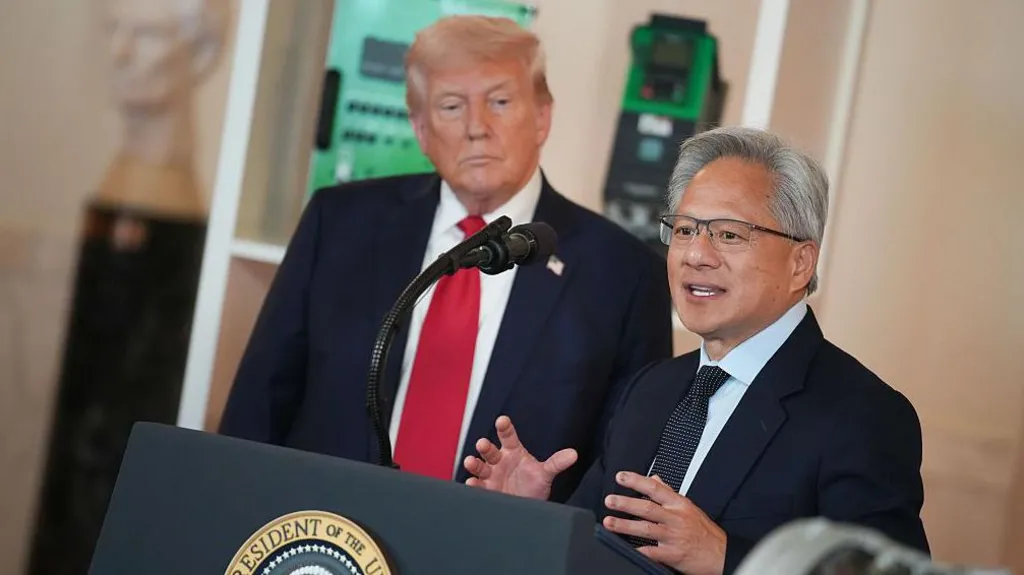Britain to Keep 2 Warships Permanently in East Asia
During an official visit to Japan this week, British Defense Minister Ben Wallace announced that the U.K. will keep two warships permanently in East Asia, but will not have a permanent base, meaning the vessels will need to rely on partners in the region for logistical support.
“Following on from the [Queen Elizabeth] strike group’s inaugural deployment, the United Kingdom will permanently assign two ships in the region from later this year,” he said.
HMS Queen Elizabeth is on her first deployment since commissioning in late 2017. Currently en route to the Pacific Ocean, the strike group will visit Japan and South Korea, an important signal in Britain’s renewed emphasis on security in the region and concern about China’s growing naval power.
Before the strike group deployed, British Prime Minister Boris Johnson told reporters that the deployment would “[show] our friends in China that we believe in the international law of the sea… [in] a confident but not a confrontational way.”
Johnson added, “We don’t want to antagonize anybody, but we do think that the United Kingdom plays a very important role, with friends and partners, the Americans, the Dutch, the Australians, the Indians many, many others, in upholding the rule of law, the international rules-based system on which we all depend.”
Enjoying this article? Click here to subscribe for full access. Just $5 a month.
The two Queen Elizabeth-class carriers carry advanced F-35 fighter jets and are three times larger than Britain’s last aircraft carrier, HMS Illustrious, which was retired in 2014.
It is not clear what type of ships the Royal Navy will keep in the region or what the permanent deployment’s basing arrangements will be, but will appear to include offshore patrol vessels (OPV) supported by bases in Australia and Singapore.
Diplomat Brief Weekly Newsletter N Get briefed on the story of the week, and developing stories to watch across the Asia-Pacific. Get the Newsletter
The OPVs are small patrol vessels, only a quarter of the size of the Royal Navy’s destroyers, armed with small cannons and no missiles.
The Royal Navy’s surface fleet was significantly cut back to afford the two giant Queen Elizabeth aircraft carriers, with only 19 destroyers and frigates. Britain faces challenges keeping its most advanced surface combatants deployable. Currently only one of the Royal Navy’s six Type 45 destroyers is operational while the other five are undergoing maintenance and repairs. Two Type 45s were originally intended to accompany Queen Elizabeth to the Western Pacific but only HMS Defender is still with the group; HMS Diamond had to detach for repairs. A U.S. destroyer and a Dutch frigate are also part of the strike group.
Britain has not had a permanent naval presence in East Asia for years and has not had a permanent base in the region since its naval base in Hong Kong, HMS Tamar, was closed when the former colony was turned over to the People’s Republic of China in 1997. Tamar is the namesake of the first of the Royal Navy’s OPVs that will deploy to the Pacific.
Japan has several large naval bases capable of hosting British ships, as well as the United States’ two large naval bases on Japan’s home islands. France keeps a frigate permanently deployed at a small naval base in New Caledonia, a self-governing territory in the South Pacific.











